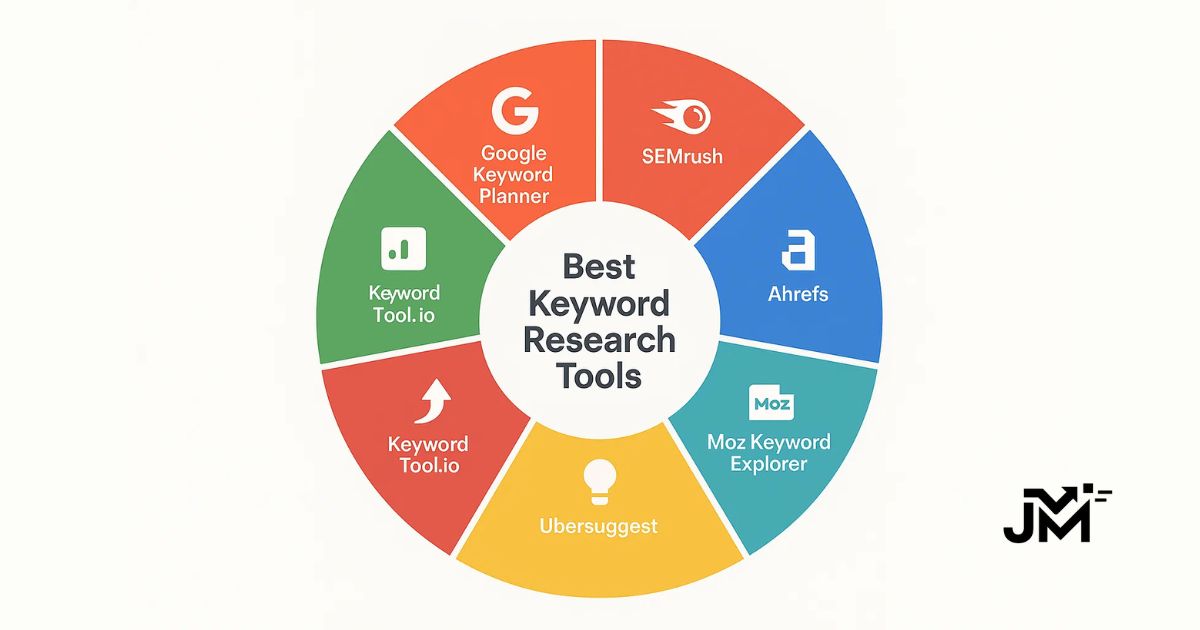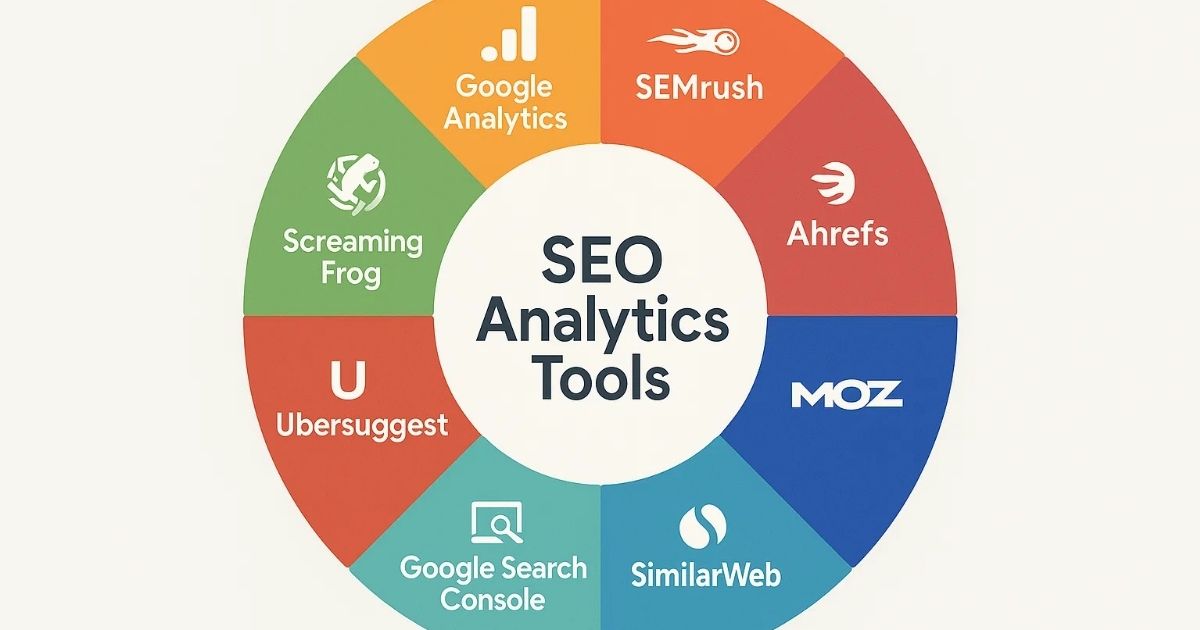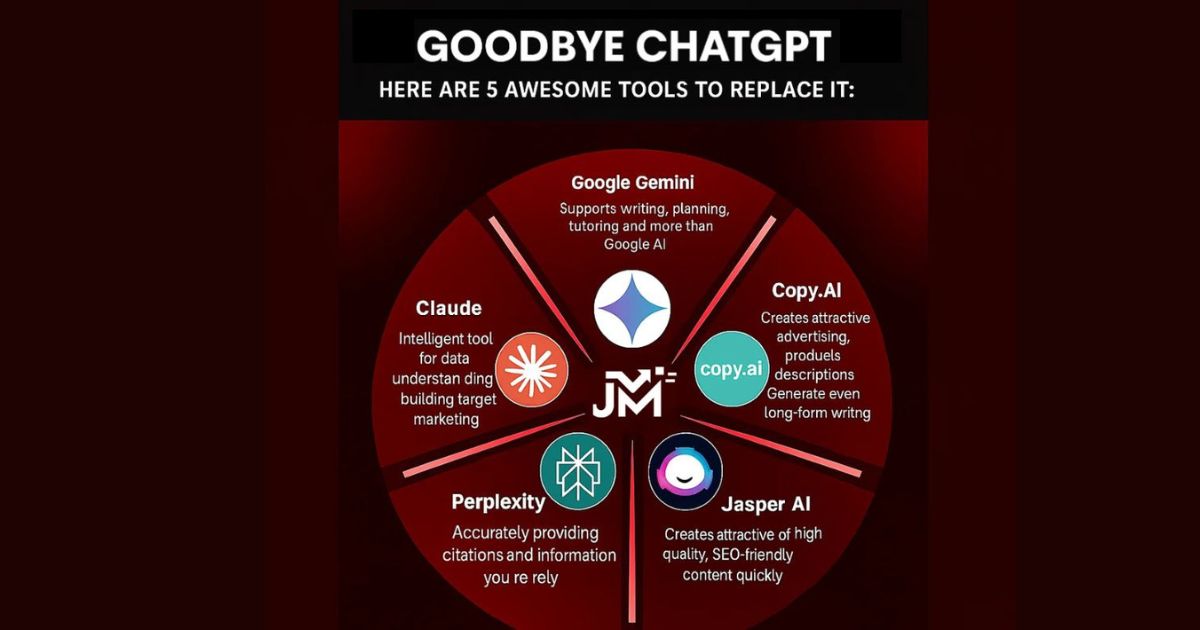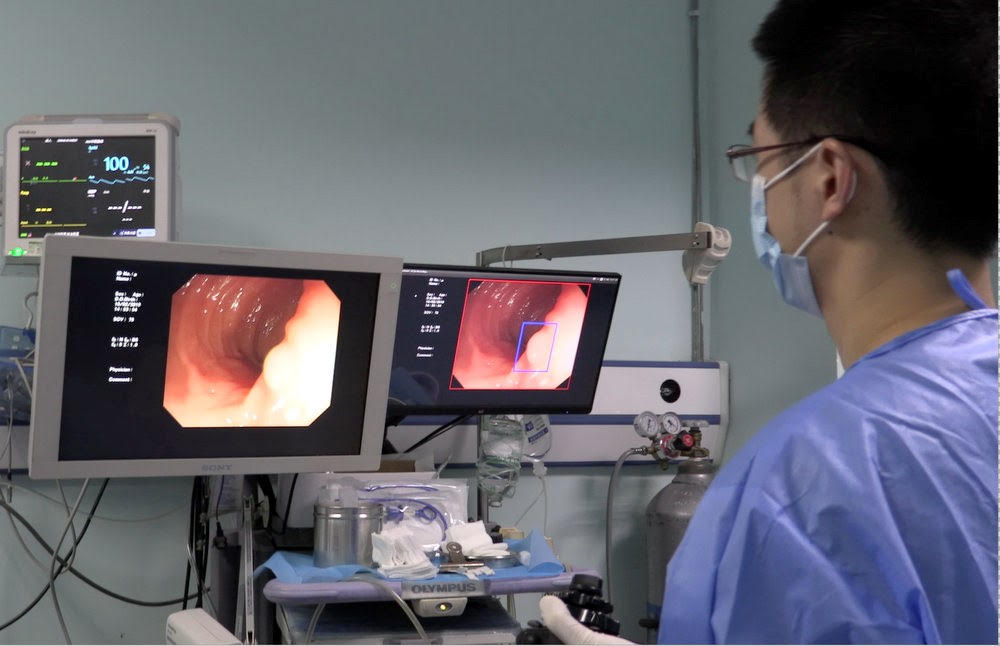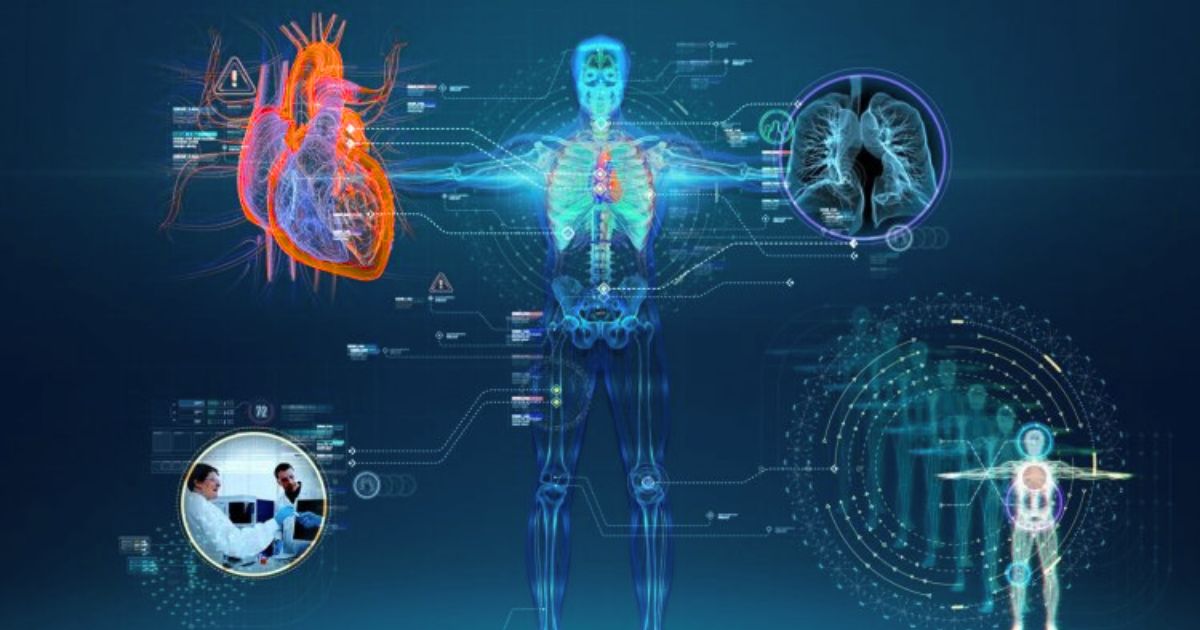Diffusion models represent a cutting-edge approach in the field of generative modeling.
These models operate by reversing a process that adds noise to data, effectively transforming noise back into meaningful, high-quality samples.
This method has set new standards in the generation of images, audio, and video, with notable implementations such as DALL-E, Stable Diffusion, and Make-A-Video. This article will provide a thorough understanding of diffusion models, detailing their mechanisms, innovations, and potential future developments.
The Diffusion Process
At the heart of diffusion models is the concept of a forward diffusion process. This process incrementally corrupts the original data by adding noise over a series of timesteps, eventually converting the data into a state that closely resembles pure noise. Mathematically, this can be modeled as a Markov chain, where the data at each timestep depends only on the state of the data at the previous timestep. The challenge is to learn the reverse process: transforming noisy data back into its original form.
The reverse process is essentially a denoising operation that aims to recover the clean data by predicting the noise added at each timestep. By doing so, the model can start with a random noise sample and gradually refine it into a coherent output that belongs to the target distribution, whether that be an image, audio clip, or any other type of data.
Model Architecture
The architecture commonly employed in diffusion models is based on U-Net, a convolutional neural network originally designed for image segmentation. U-Net models are particularly well-suited for this task due to their encoder-decoder structure, which allows them to effectively capture and reconstruct features at multiple scales. In the context of diffusion models, the encoder processes the noisy data to capture essential features, while the decoder reconstructs the data by removing noise.

To handle the temporal aspect of the diffusion process, timesteps are often embedded into the model. This allows the model to understand the specific stage of the diffusion process it is operating in, enabling more accurate noise prediction and data reconstruction.
Training and Sampling
Training a diffusion model involves teaching it to predict the noise that was added to the data at each timestep during the forward diffusion process. This is typically done using a loss function that measures the difference between the predicted noise and the actual noise. The model is trained to minimize this loss, thereby learning the reverse diffusion process.
Once trained, the sampling process begins with a noise sample and uses the learned reverse process to iteratively remove noise, ultimately generating a clean sample. This iterative refinement is key to the success of diffusion models in generating high-quality data.
Advanced Techniques
Several advanced techniques have been developed to enhance the performance and controllability of diffusion models. One such technique is classifier-free guidance, which improves the model's ability to generate data that adheres to specific conditions or constraints. This is particularly useful in tasks where controllability is crucial, such as conditional image generation.
Other innovations include hierarchical and latent diffusion, which allow diffusion models to handle more complex data structures by breaking down the diffusion process into multiple stages or operating in a lower-dimensional latent space. Consistency models have also been introduced to speed up the generation process, making diffusion models more practical for real-time applications.
Applications and Future Directions
Diffusion models have achieved state-of-the-art results across various domains, including image, audio, and video generation. They have been instrumental in creating models like DALL-E, which generates images from textual descriptions, and Stable Diffusion, known for its high-quality image synthesis.
.png)
The future of diffusion models is promising, with ongoing research focused on improving their efficiency, enhancing their controllability, and extending their applicability to multi-modal data. Additionally, there is a growing interest in gaining a deeper theoretical understanding of why diffusion models are so effective, which could lead to further breakthroughs in generative modeling.
Final Thoughts
Diffusion models represent a significant advancement in generative modeling, offering a powerful method for creating high-quality data by reversing a noise-adding process.
With their robust architecture, advanced techniques, and wide range of applications, diffusion models are poised to play a crucial role in the future of AI-driven data generation. As research continues to evolve, we can expect to see even more sophisticated and efficient diffusion models emerging in the coming years.



